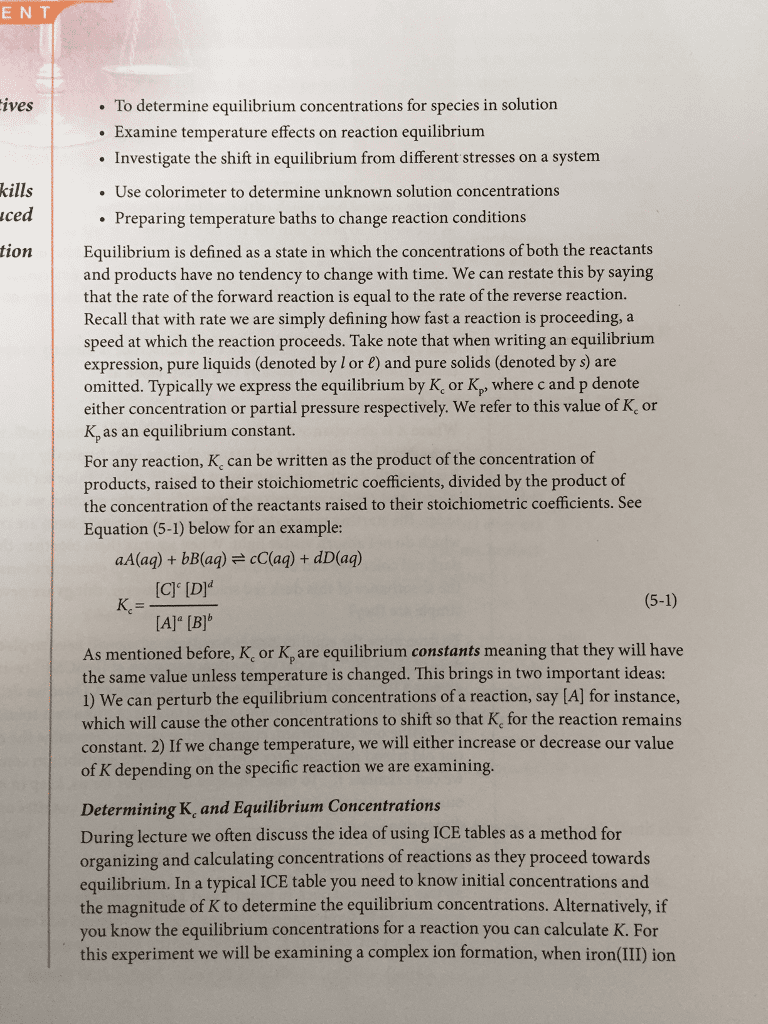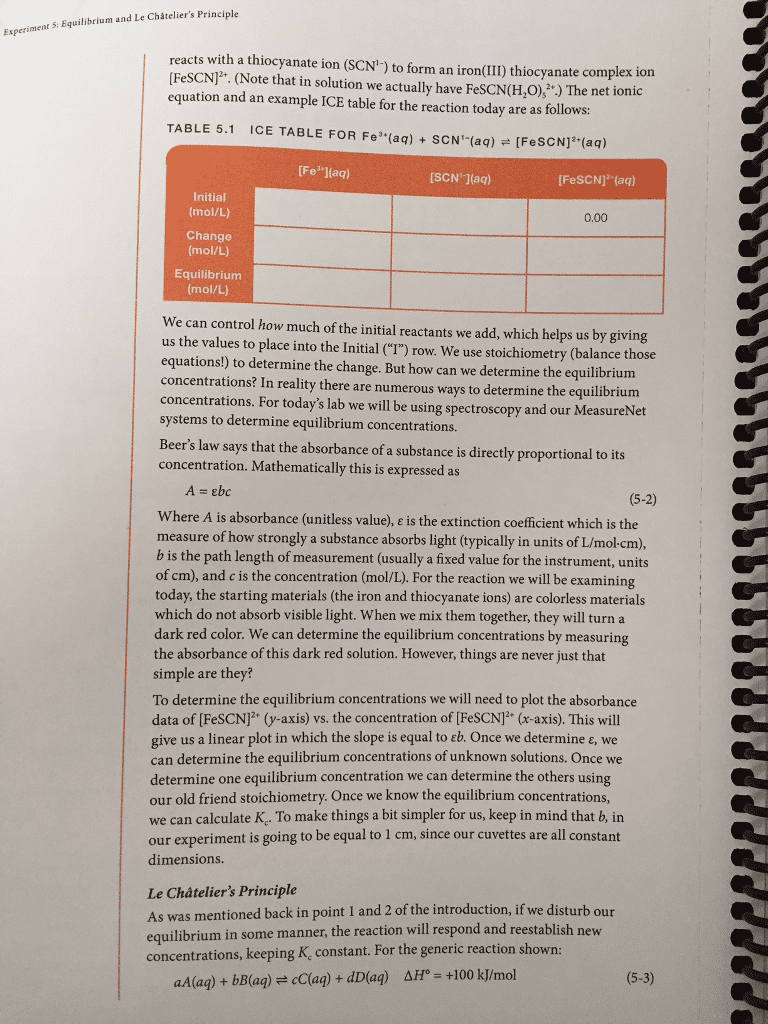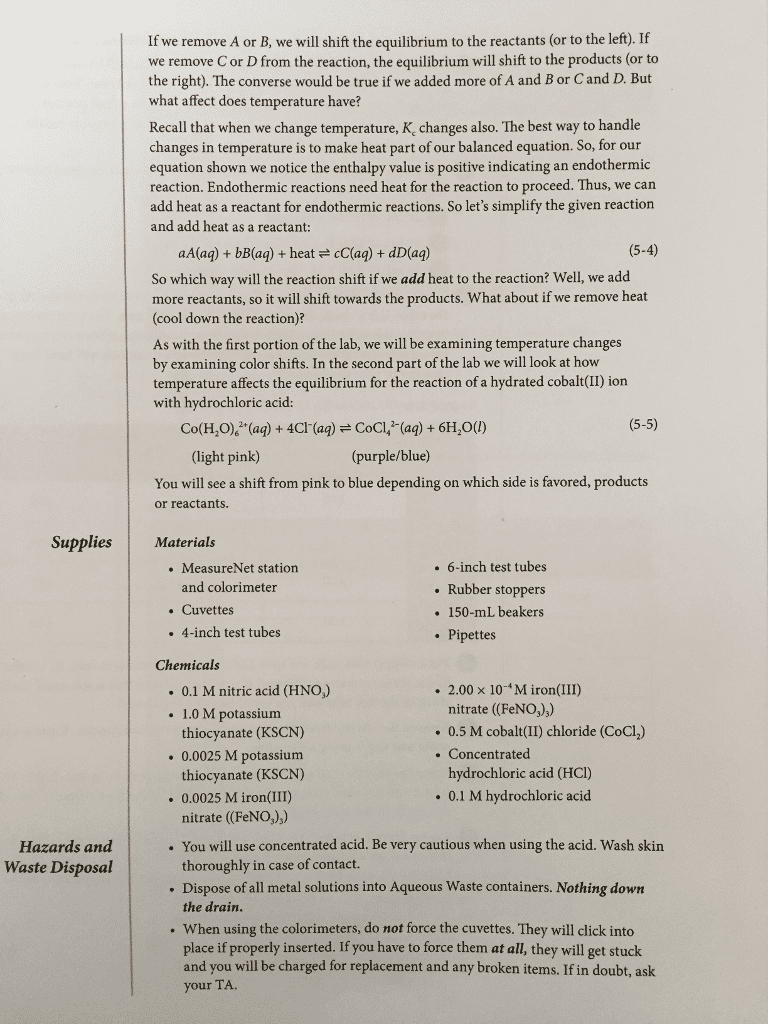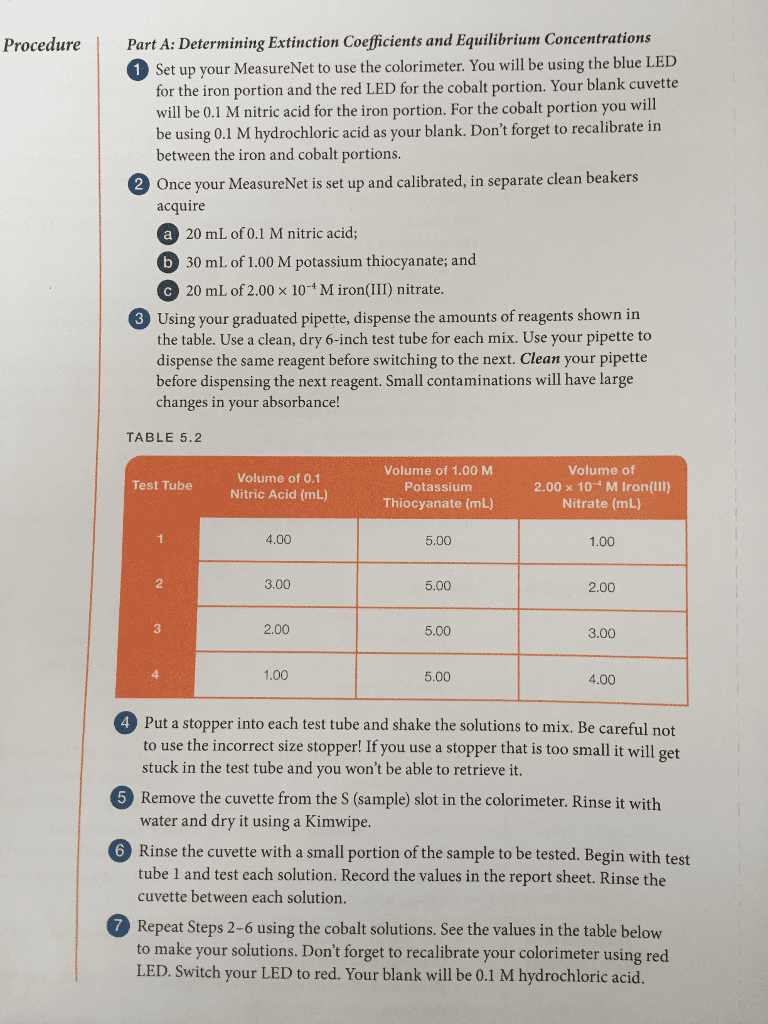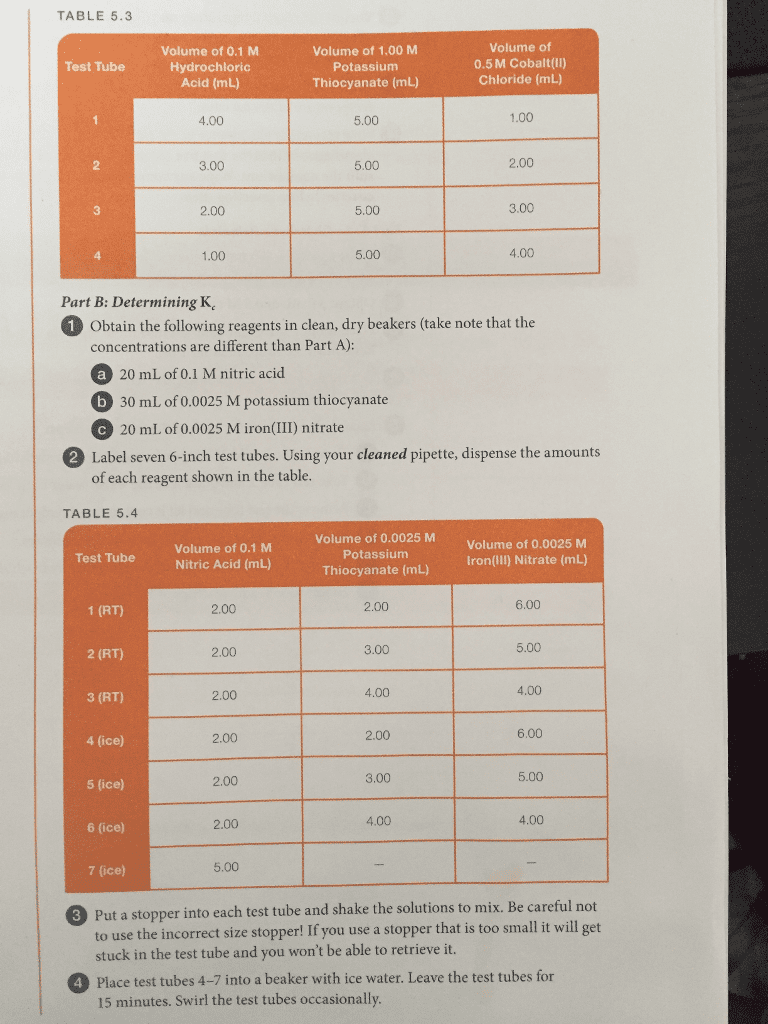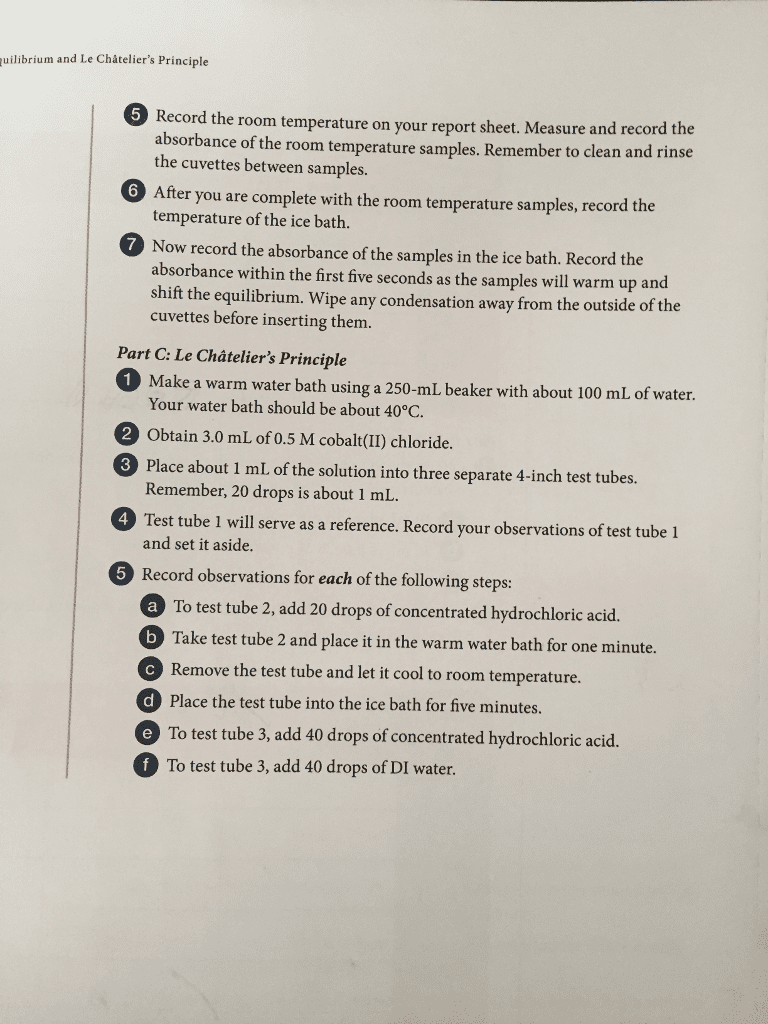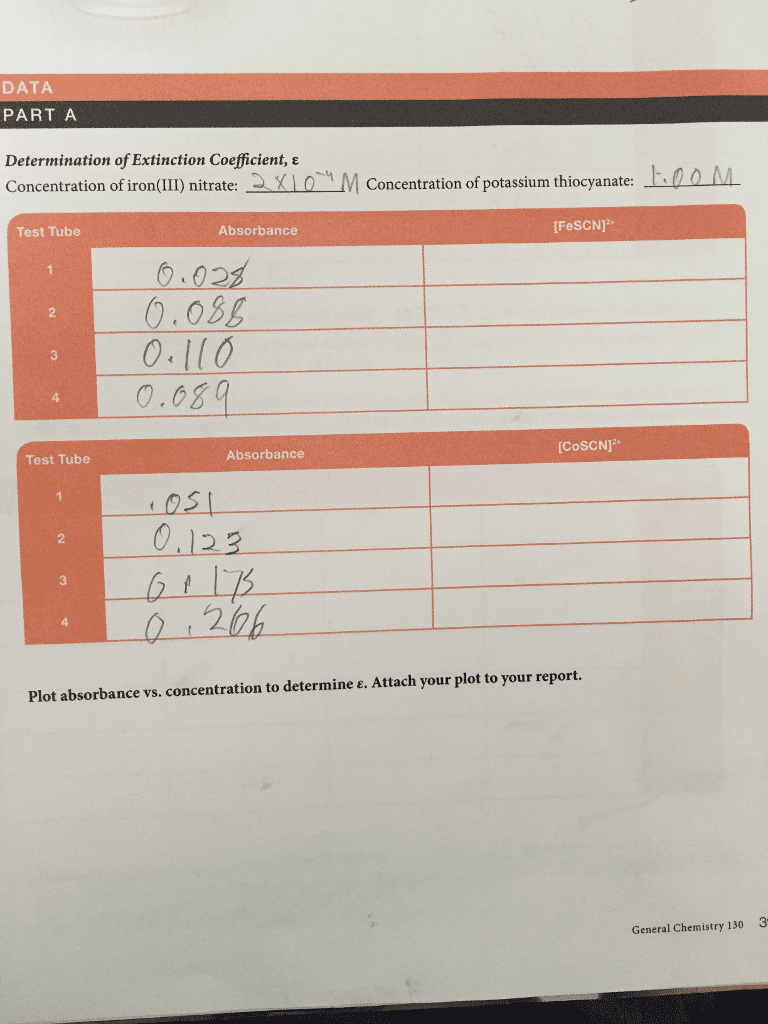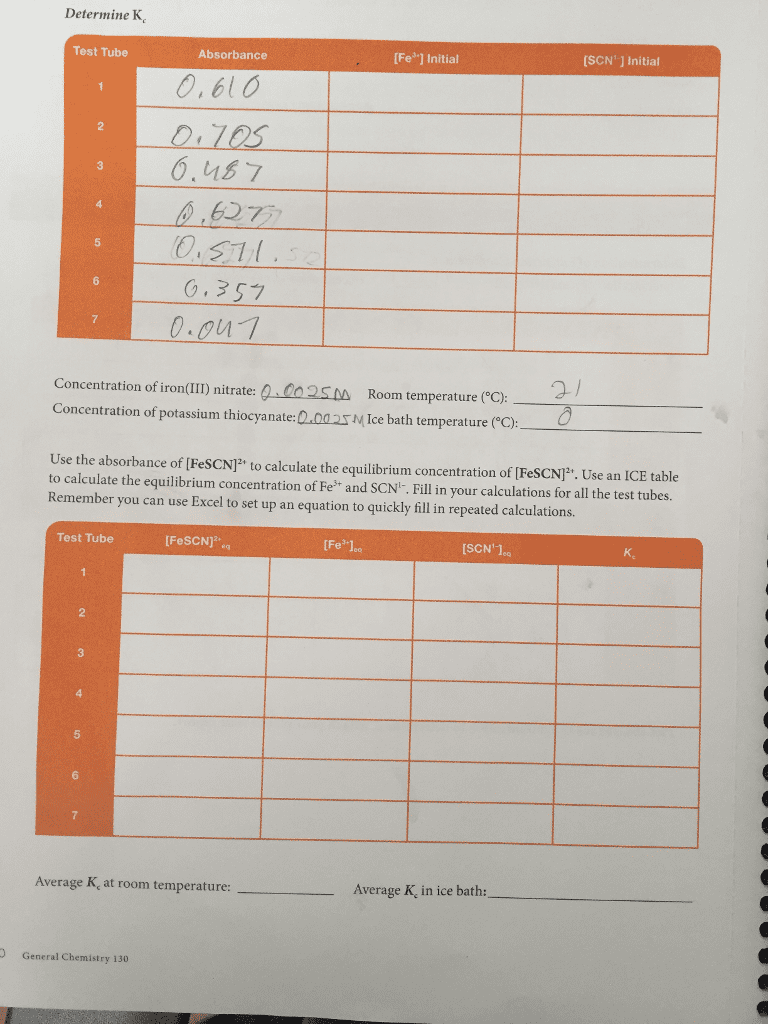CHEM 1A Lecture Notes - Lecture 19: Supersaturation, Sodium Acetate, Equilibrium Constant
Document Summary
Solubility of non-ionic solids in liquid solvents is an equilibrium process described by a solubility constant, ks. As always, the state of equilibrium involves matching rates: in this case the rates of dissoluion and precipitaion (crystallizaion) of a solute at the soluion/solute interface. Since pure compounds (solids and liquids) do not enter into equilibrium constant expressions, the magnitude of ks corresponds to the molar solubility of a solute in a given solvent. Ks also describes solubility of one liquid in another, or miscibility. What maters in such cases is the relaive magnitude of the pair-wise interacions of the two liquids, a-a, b-b and a-b. The solubility of gases in liquids is described by the henry"s law equilibrium constant, kh, which is equal to the raio of the solubility of a gas (mol/l) to the parial pressure of the gas above the liquid.


